
AeroGenie — 您的智能副驾驶。
热门趋势
Categories
Archer Advances eVTOL Production with Six Aircraft and Secures LA Olympics Partnership
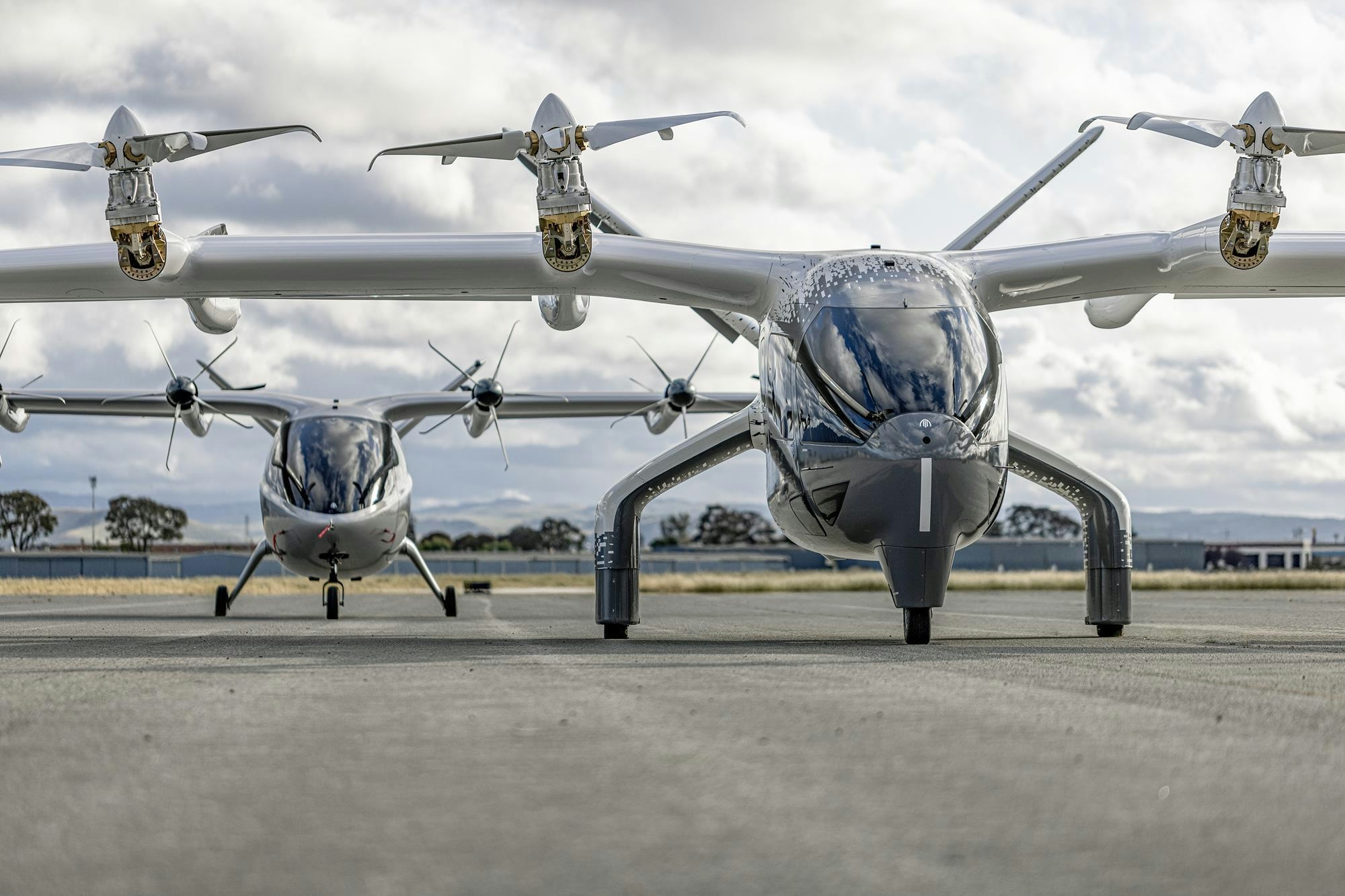
Archer Advances eVTOL Production with Six Aircraft and Secures LA Olympics Partnership
Production Expansion and Regulatory Progress
Archer Aviation Inc. (NYSE: ACHR) has reported substantial advancements in its second-quarter results, underscoring a significant increase in the production of its Midnight electric vertical takeoff and landing (eVTOL) aircraft. Currently, six Midnight aircraft are in production, with three undergoing final assembly at the company’s manufacturing facilities in California and Georgia. This escalation in manufacturing activity aligns with Archer’s efforts to obtain a production certificate from the Federal Aviation Administration (FAA). The FAA’s recent clarification of the certification pathway for eVTOL aircraft is expected to accelerate not only Archer’s progress but also that of its competitors, intensifying the race among leading developers in this emerging sector.
Adam Goldstein, Archer’s CEO, highlighted the company’s momentum, noting the ramp-up in manufacturing and the strategic advances made during the quarter. He emphasized the company’s strong liquidity position of $1.7 billion, which supports ongoing operations and growth initiatives. Alongside production milestones, Archer has made significant strides internationally and in defense, positioning itself for broader market engagement.
Strategic Partnerships and International Expansion
A key highlight of Archer’s recent developments is its designation as the Official Air Taxi Provider for the LA28 Olympic Games. This partnership serves as a major endorsement of Archer’s technology and operational readiness, reflecting confidence from both public and private stakeholders. The company is collaborating closely with federal and local agencies, including the U.S. Department of Transportation, the FAA, and the White House. Notably, a June 2025 executive order from the White House aims to promote American leadership in eVTOL deployment, facilitating early commercial operations potentially as soon as next year.
On the international front, Archer has launched its UAE program in collaboration with Abu Dhabi Aviation and the Abu Dhabi Investment Office. The company has delivered its first Midnight aircraft to the UAE and initiated flight testing in Abu Dhabi, with expectations to begin receiving commercial payments later this year. This expansion marks a significant step in Archer’s global strategy and demonstrates the growing international interest in eVTOL technology.
Defense Sector Initiatives and Market Challenges
In addition to commercial and international progress, Archer is accelerating its defense program through two recent strategic acquisitions. This move aims to enhance the company’s competitiveness in the defense sector, where rivals such as Joby Aviation, Beta Technologies, and Vertical Aerospace are also intensifying their efforts.
Despite these positive developments, Archer continues to face challenges. Regulatory scrutiny remains rigorous as the FAA conducts ongoing reviews and inspections. Furthermore, the high costs and technical complexities associated with scaling eVTOL production present potential obstacles that could affect investor sentiment. Market reactions have been mixed; while the Olympic partnership is widely regarded as a strong validation of Archer’s capabilities, concerns persist regarding the competitive landscape and the company’s path to profitability.
Financially, Archer remains well-positioned, reporting over $1.7 billion in cash and cash equivalents. The company plans to host a live webcast to discuss its quarterly results and future outlook, accessible through its investor relations website.
As the eVTOL industry continues to gain momentum, Archer’s production advancements and high-profile partnerships are expected to drive further competition and innovation within the sector.

Aviation Capital Group Delivers Boeing 737 MAX 8 to LOT Polish Airlines
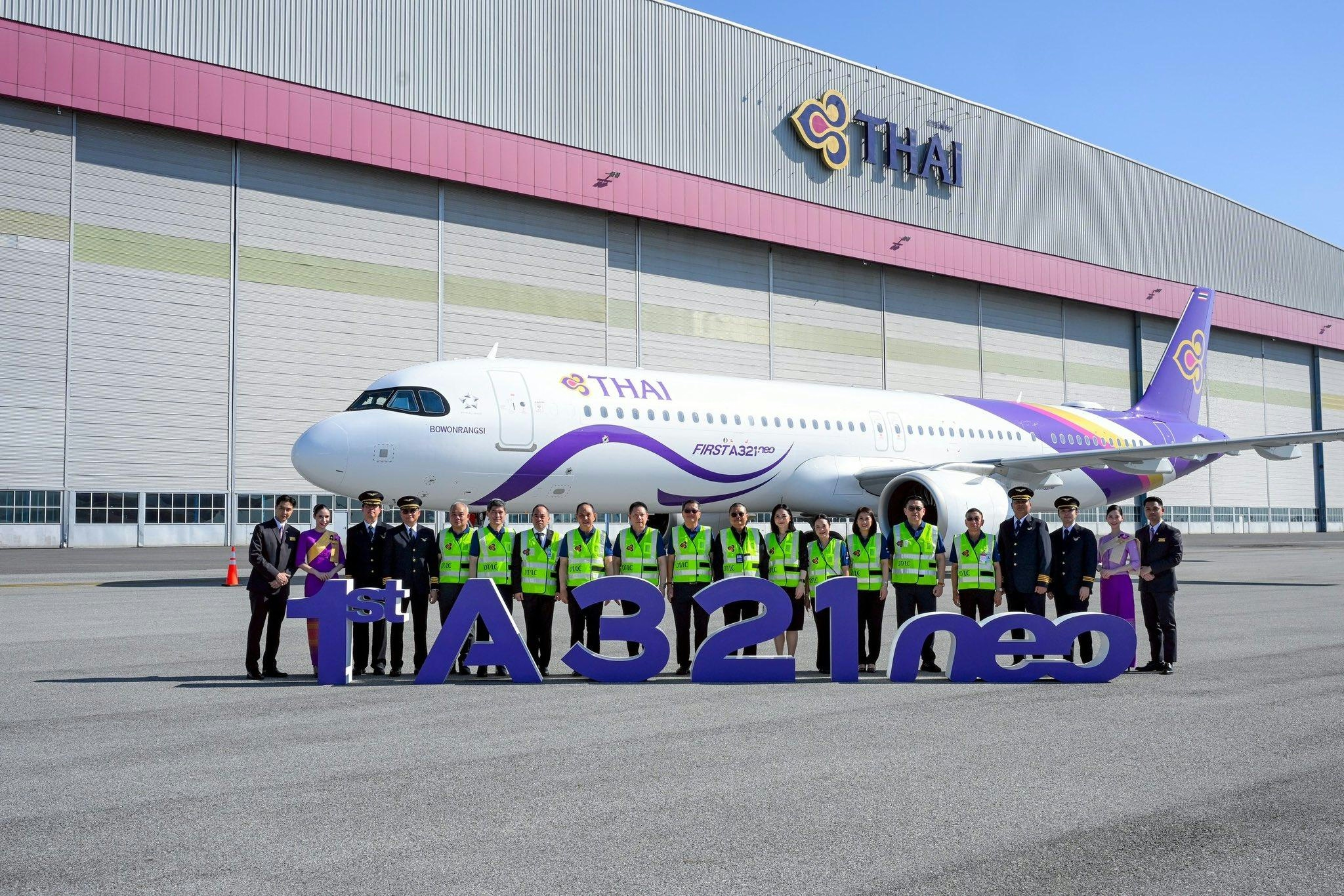
Thai Airways Receives First A321neo Aircraft
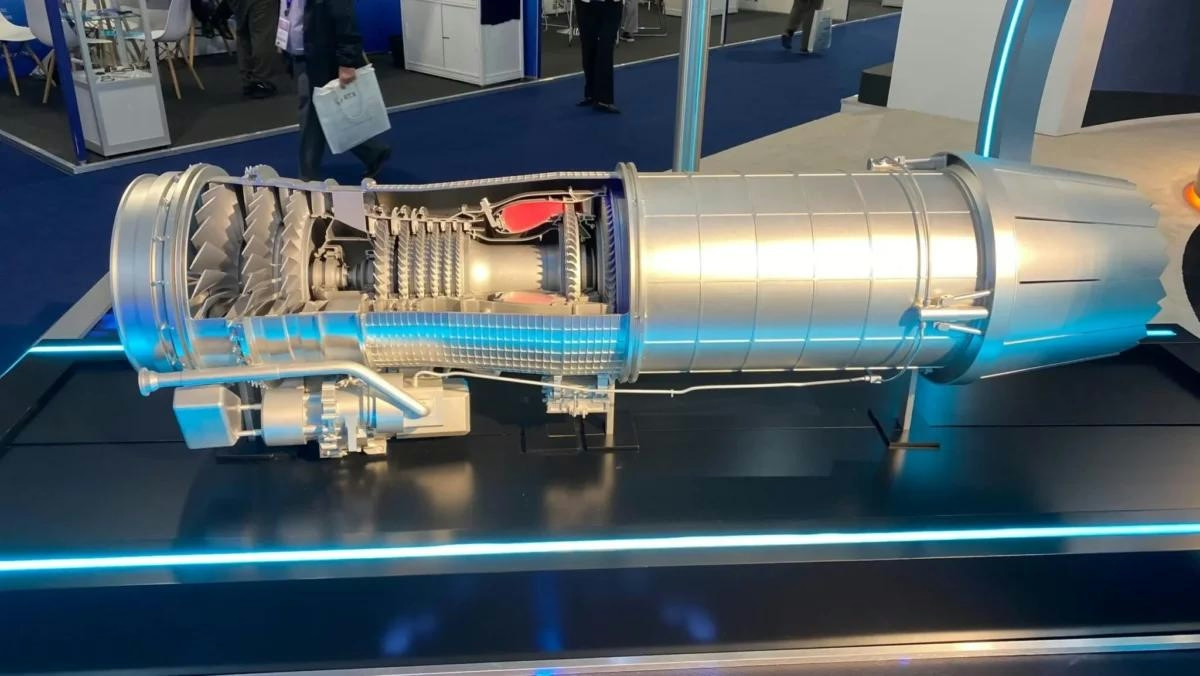
Seoul Invests 3.35 Trillion Won in New Fighter Jet Engine Development
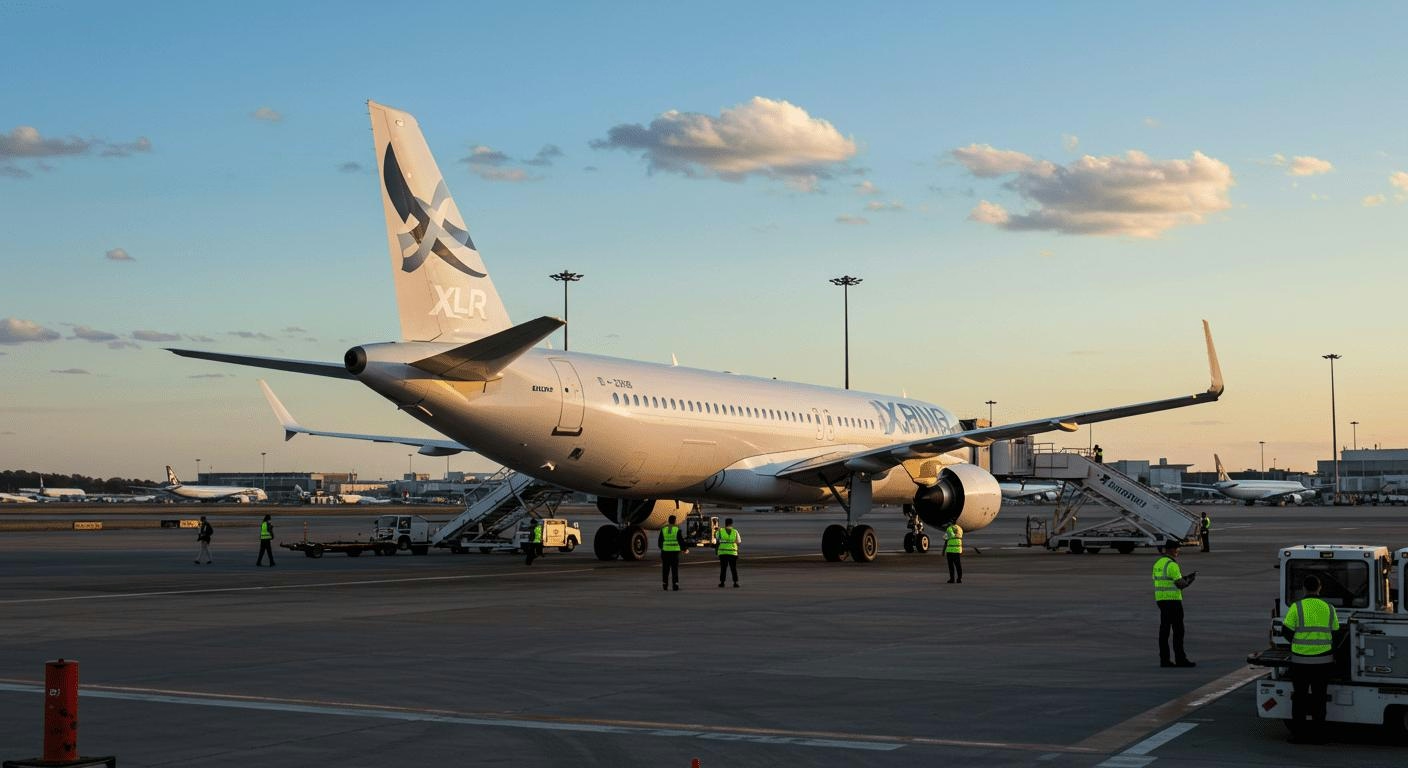
Can the A321XLR Replace Widebody Aircraft?
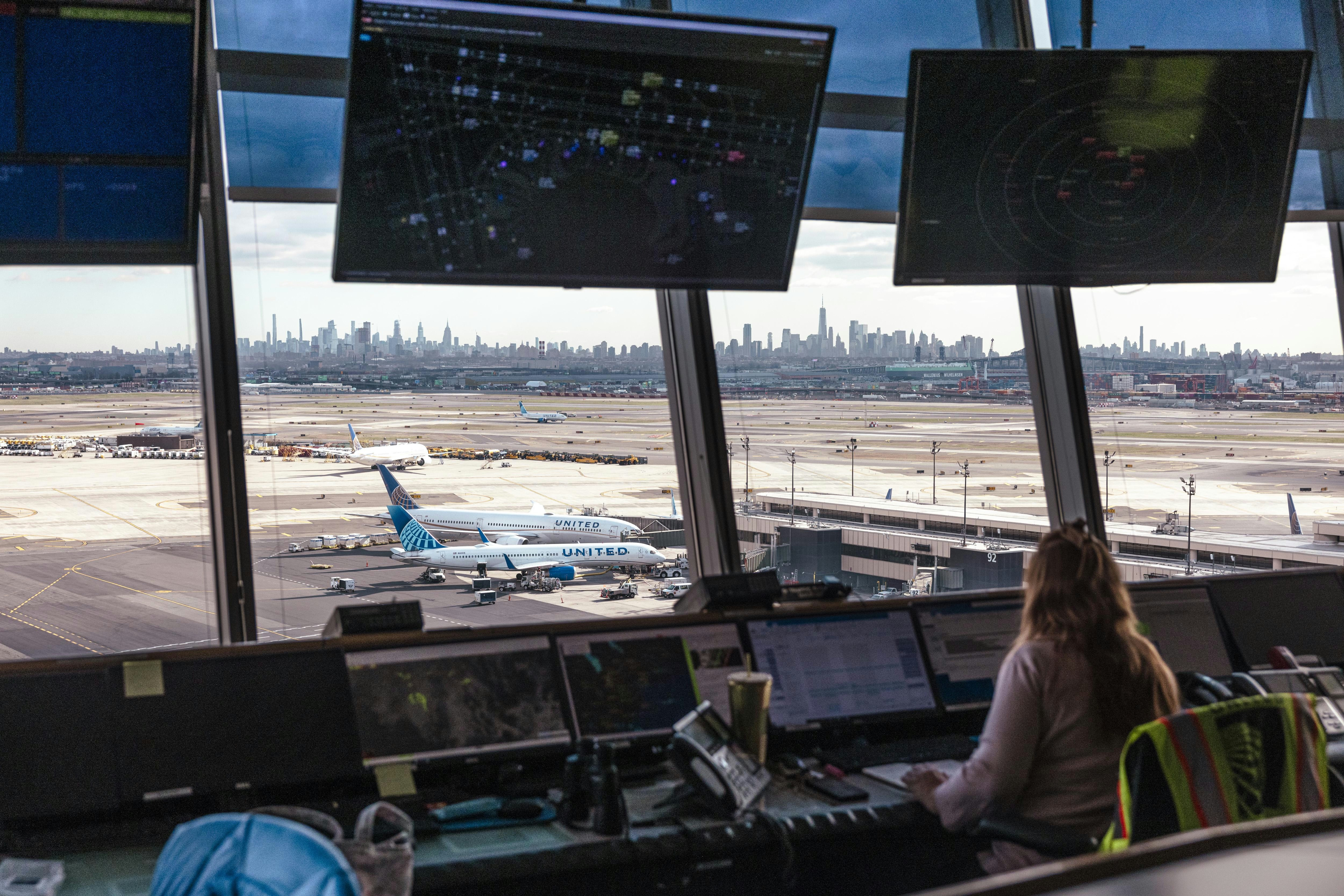
Airline Uses AI to Hold Flights for Passengers with Tight Connections

How Airlines Use AI to Set Flight Prices and What Consumers Can Do

Juniper Expands Fleet with Converted Freighter Leasing

FlyOnE Launches Air-Taxi Service to Rottnest Island
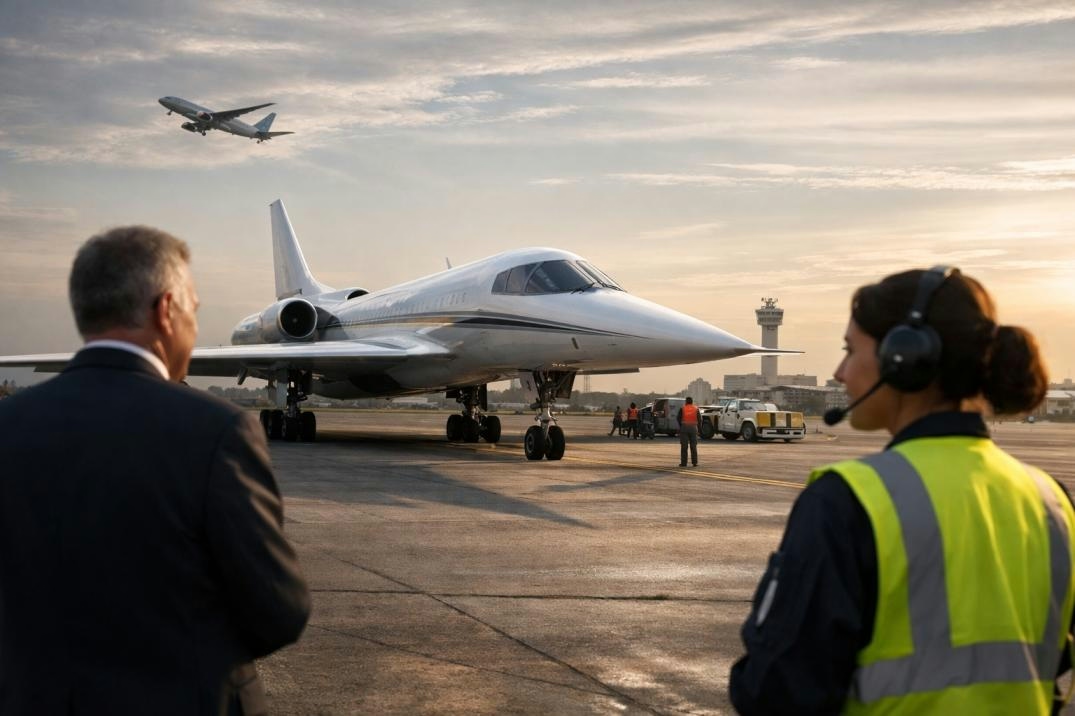
U.S. Plans to Resume Civil Supersonic Flights with Industry Support
